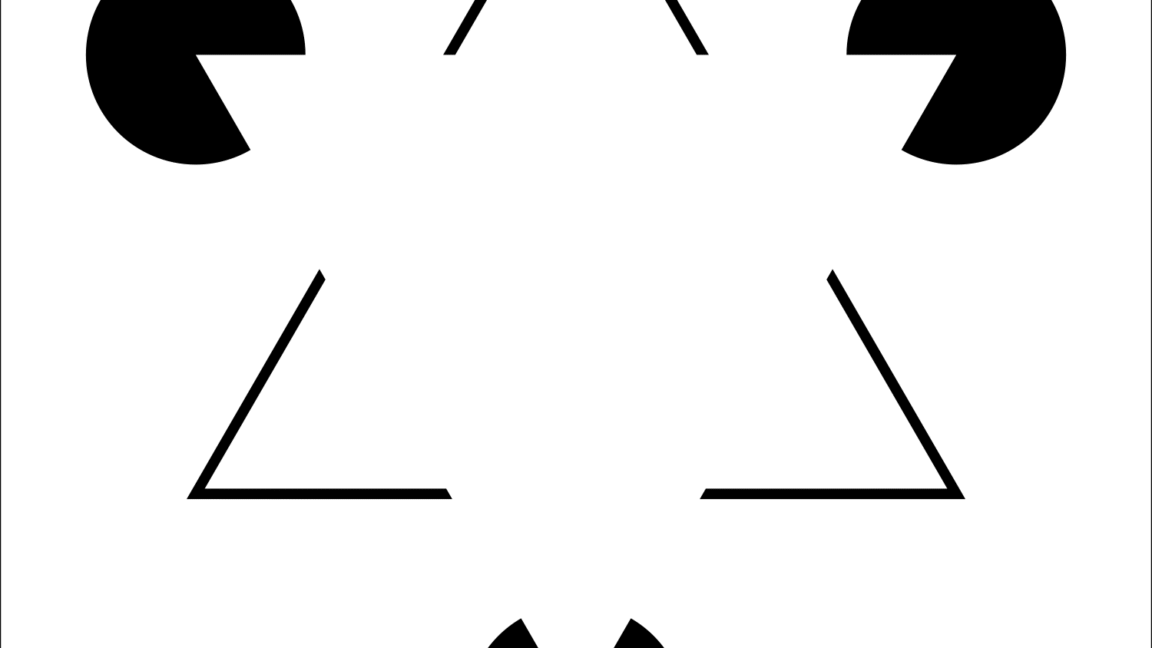Uncovering the Brain’s Hidden Visual Perception: How Neurons Create Illusions

Illusions not only entertain us but also offer profound insights into the mechanisms of perception,” explains Hyeyoung Shin, an assistant professor of neuroscience at Seoul National University. Shin recently led a groundbreaking study published in Nature Neuroscience, revealing a specialized group of neurons within the visual cortex—referred to as IC-encoders—that directly contribute to our experience of visual illusions. This collaborative research involved experts from the University of California, Berkeley, the Allen Institute in Seattle, and Seoul National University, shedding new light on how our brains construct perceived reality.
Decoding the Brain’s Perception of Hidden Edges
Illusory contours are visual cues where our brain perceives edges and shapes that do not physically exist. One of the most famous examples is the Kanizsa triangle: three Pac-Man-shaped figures arranged to give the impression of a bright white triangle floating above the background. When the Pac-Men are covered, the illusion disappears, revealing there are no actual borders—only a uniform backdrop. Neurophysiological studies over the past two decades have demonstrated that neurons in both the primary visual cortex (V1) and higher visual areas respond to these illusory contours, supporting the idea that perception involves more than just the physical properties of stimuli.
Advanced imaging and electrophysiological techniques in primates, humans, and mice have consistently identified neurons that activate in response to both real and perceived contours, illustrating the brain’s ability to fill in missing information and create coherent visual experiences. This knowledge helps us understand how illusions are crafted by neural activity, revealing the brain’s role as an active interpreter of sensory data rather than a passive receiver.
-
Google turns CO2 into battery power for clean energy

-
Logitech Announces Discontinuation of Pop Smart Home Buttons, Bricking Devices This October

-
Revolutionary Breakthrough: Scientist Claims to Recreate Extinct 12,500-Year-Old Dire Wolves

-
Unveiling the Secrets of Online Privacy: What You Need to Know

The Significance of IC-Encoders in Visual Processing
The recent discovery of IC-encoders—neurons specifically involved in representing illusory contours—marks a significant step forward in neuroscience. These neurons appear to encode the presence of edges and shapes that aren’t physically present, contributing to the vividness of visual illusions. Understanding their function provides deeper insight into perceptual processes and how the brain constructs the rich tapestry of visual reality we experience daily.
For more on the neural basis of visual perception and illusions, explore resources such as the National Institute of Neurological Disorders and Stroke or the BrainFacts.org platform, which offers comprehensive information on sensory processing and visual cognition.
